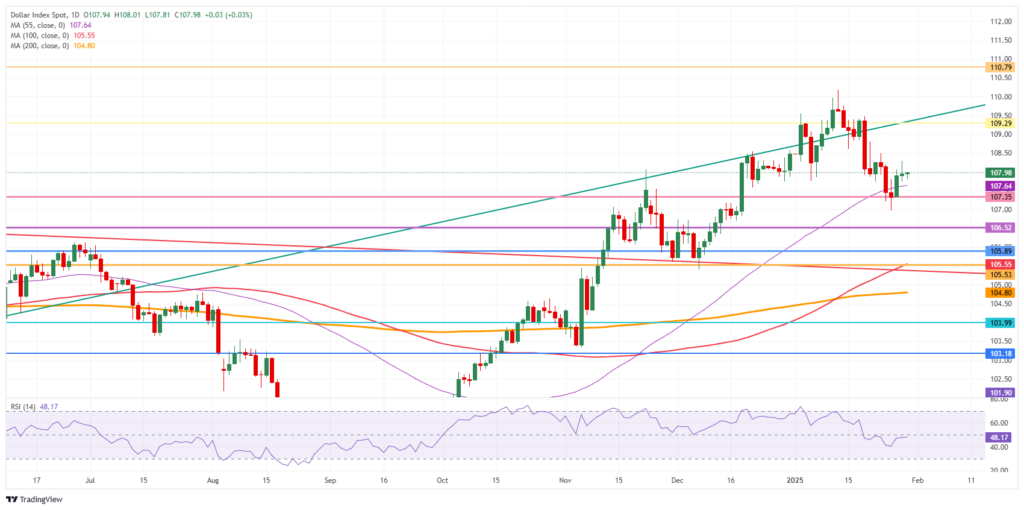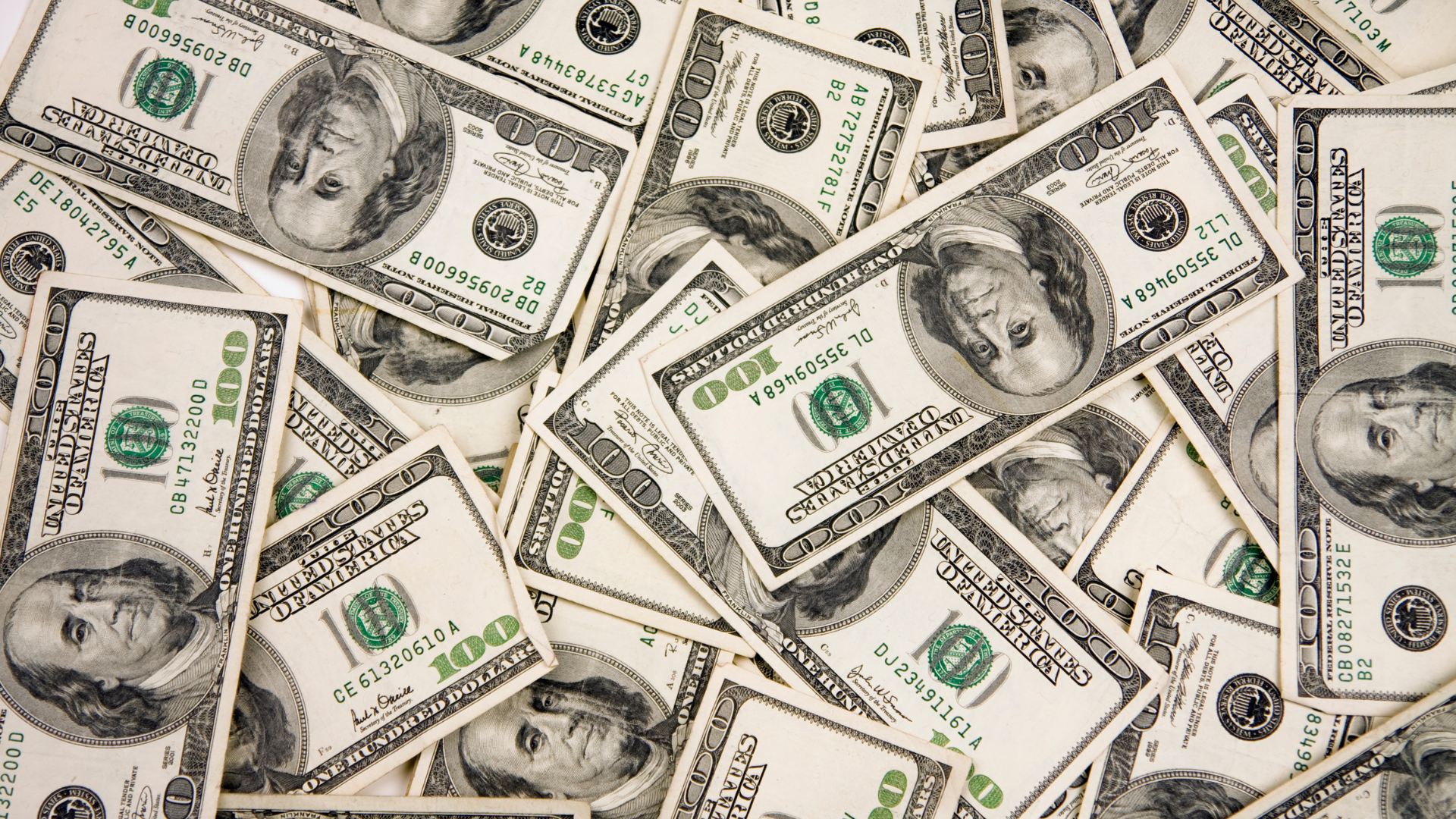The US dollar edged lower after the latest GDP report showed weaker-than-expected growth, prompting investors to reassess the Federal Reserve’s rate outlook. While the slowdown reinforced speculation that the Fed may be nearing the end of its tightening cycle, markets remained cautious about the central bank’s next steps.
The report revealed that US economic expansion did not meet forecasts, raising concerns about slowing momentum amid persistent inflation pressures. Despite this, the US dollar’s decline was limited, as Treasury yields remained firm, keeping the currency from falling further.

Market attention now turns to upcoming inflation data and Fed commentary, which could provide further insight into whether policymakers see the growth slowdown as a temporary setback or a sign of deeper weakness. If inflation remains elevated, the Fed may keep rates higher for longer, preventing a sharper selloff in the greenback.
Meanwhile, global currencies saw mixed reactions, with the euro and Australian dollar gaining slightly against the US dollar, while the Japanese yen struggled amid the Bank of Japan’s dovish stance. Traders are weighing whether weaker US data will push the Fed toward a less restrictive policy, creating more volatility in currency markets.
For now, the US dollar remains under pressure, with economic data and central bank expectations shaping its next move. Until a clearer policy direction emerges, traders will closely monitor risk sentiment and upcoming key economic releases to determine the currency’s trajectory.













